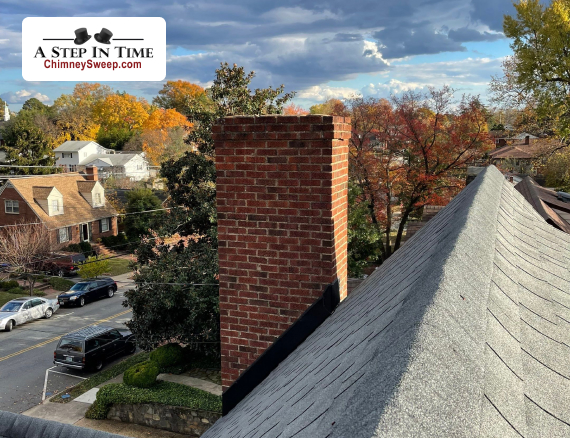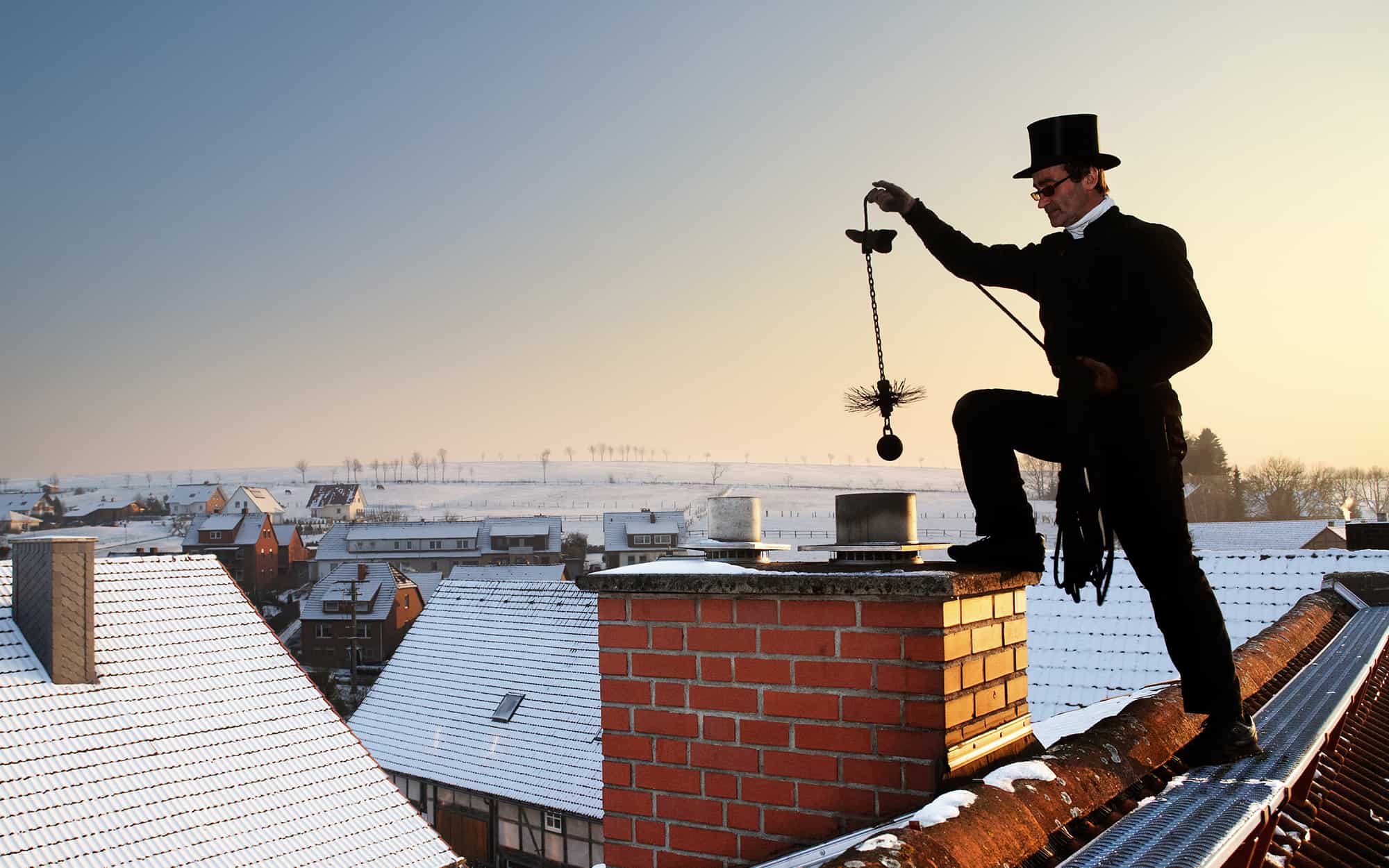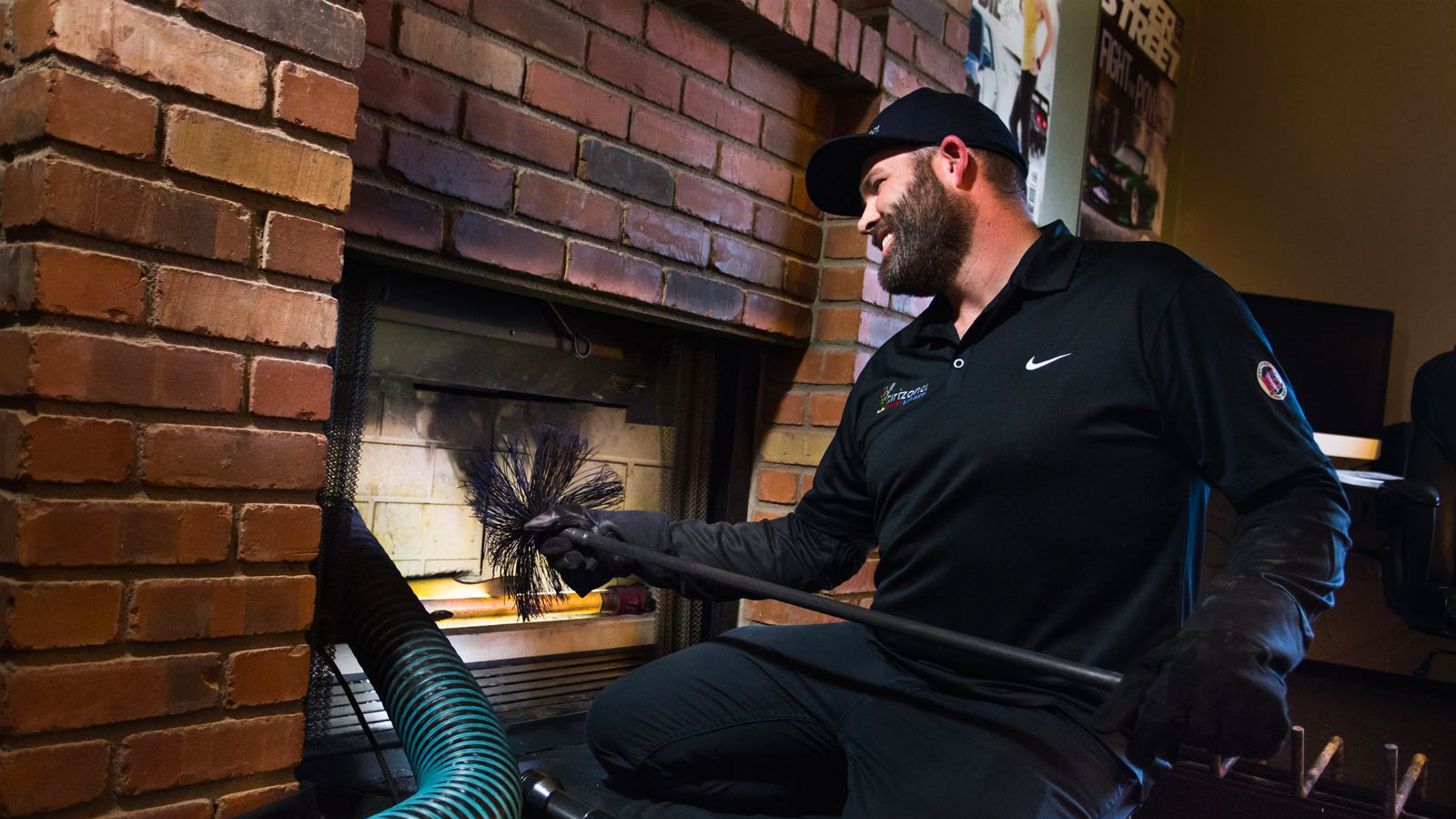Chimney Clean San Jose Brilliance: Where High Quality Meets Security Standards
Wiki Article
Chimney Cleansing: A Step-by-Step Guide to Preserving a Healthy Fireplace
Normal chimney cleansing is a crucial part of this maintenance regimen. By adhering to these standards, you will certainly find out exactly how to gather the needed tools, execute a visual examination, clear particles and accumulation, sweep the chimney, and complete the final actions for continuous maintenance.Collecting the Essential Devices
To begin the process of chimney cleaning, the primary step is to gather all the required tools. Having the right devices available ensures a risk-free and reliable cleaning process. The vital tools for smokeshaft cleansing consist of a chimney brush, a ladder, decrease towels or plastic sheets, a flashlight, handwear covers, and a dirt mask.The smokeshaft brush is the primary tool used to remove soot and creosote buildup from the flue. It is essential to select a brush that matches the size and shape of your smokeshaft. In addition, a durable ladder is essential to access the smokeshaft securely. Make sure the ladder is steady and put on a flat surface area.
A flashlight is important for checking the smokeshaft's interior for any kind of indications of damages or obstructions. Handwear covers are required to safeguard your hands from soot and other unsafe substances, while a dust mask assists stop the inhalation of particles.
Performing an Aesthetic Examination

Making use of a flashlight, meticulously take a look at the indoor walls of the smokeshaft for any kind of indicators of damage, such as splits, loose blocks, or mortar wear and tear. These problems can endanger the smokeshaft's architectural stability and position a serious security danger. Additionally, check for any type of signs of water damage, such as discoloration or efflorescence, as this can suggest a dripping smokeshaft cap or flashing.
Following, evaluate the smokeshaft flue for any kind of obstructions. Try to find the presence of nesting products, leaves, or particles that may have accumulated gradually (Chimney Clean San Jose). These blockages can limit airflow, raise the risk of carbon monoxide gas build-up, and impede the chimney's capability to successfully vent smoke
Throughout the aesthetic evaluation, pay very close attention to the smokeshaft crown, which is the top surface that protects the smokeshaft from moisture. Search for fractures or missing out on items in the crown, as these can allow water to go into the smokeshaft and create significant damages.
Clearing Up Debris and Accumulation
After finishing the visual assessment, the next step in smokeshaft cleaning includes cleaning debris and build-up to guarantee the appropriate performance of the fire place. Over time, particles such as fallen leaves, branches, and pet nests can gather in the smokeshaft, obstructing the flow of air and triggering possible fire threats.A smokeshaft brush, specifically created for this objective, is used to eliminate loose particles and creosote from the smokeshaft wall surfaces. It is crucial to select a brush that matches the dimension of your chimney to make certain reliable cleaning.
To start, insert the brush visit their website into the chimney and move it up and down, scrubbing the walls to displace any type of debris or creosote. Once the brushing is full, make use of a vacuum cleanser or a chimney brush extension to eliminate the dislodged debris from the fireplace.

Sweeping the Chimney
The sweeping of the smokeshaft is a critical action in preserving a healthy and balanced fireplace. With time, soot, creosote, and other particles can accumulate in the smokeshaft, blocking the circulation of air and possibly causing a harmful build-up of combustible materials. Normal smokeshaft brushing up not just makes certain proper air flow yet also avoids the danger of smokeshaft fires.When it comes to smokeshaft sweeping, it is highly advised to employ a professional smokeshaft sweep. These experts have the expertise and devices essential to safely and efficiently remove the accumulated particles from your chimney.
It is essential to note that the frequency of chimney sweeping depends on several aspects, such as the kind of fuel made use of, the quantity of usage, and the kind of smokeshaft. As a basic guideline, it is recommended to have your chimney examined and swept a minimum of yearly.
Final Actions and Upkeep
To make sure continuous maintenance and optimum performance, it is important to implement normal upkeep practices and adhere to a comprehensive collection of final actions for your fire place. After finishing the chimney sweeping process, the primary step in the final upkeep is to examine the chimney cap and spark arrestor. These components prevent particles, pets, and rain from going into the chimney. Look for any type of indications of damages or obstruction, and tidy or repair them if essential.
Check the inside of the fire place the original source for any indicators of damage, such as splits, loose blocks, or harmed mortar. These concerns can influence the architectural integrity and security of the fire place. Get in touch with a professional chimney move or mason to resolve them without delay. if any kind of troubles are identified.
Finally, take into consideration installing carbon monoxide gas detectors near the fireplace and throughout your home. These gadgets can spot the presence of this hazardous gas, supplying a very early caution system in case of a chimney breakdown. On a regular basis inspect and replace the batteries in these detectors to guarantee their efficiency.
Final Thought
To conclude, adhering to YOURURL.com a detailed guide for smokeshaft cleaning is vital in preserving a healthy fireplace. By gathering the required tools, carrying out an aesthetic assessment, getting rid of debris and accumulation, and brushing up the smokeshaft, house owners can make certain the safety and efficiency of their fire place. Normal upkeep and cleansing will assist avoid smokeshaft fires and improve air quality in the home. It is necessary to focus on chimney cleansing as a part of general home upkeep.
The important tools for smokeshaft cleaning include a smokeshaft brush, a ladder, decline fabrics or plastic sheets, a flashlight, gloves, and a dirt mask.
A chimney brush, especially created for this purpose, is used to eliminate loosened particles and creosote from the chimney wall surfaces. Regular smokeshaft brushing up not just makes sure proper ventilation yet likewise avoids the risk of chimney fires.
When it comes to smokeshaft sweeping, it is extremely advised to hire a specialist chimney sweep. After finishing the smokeshaft sweeping process, the first step in the last upkeep is to check the chimney cap and stimulate arrestor.
Report this wiki page